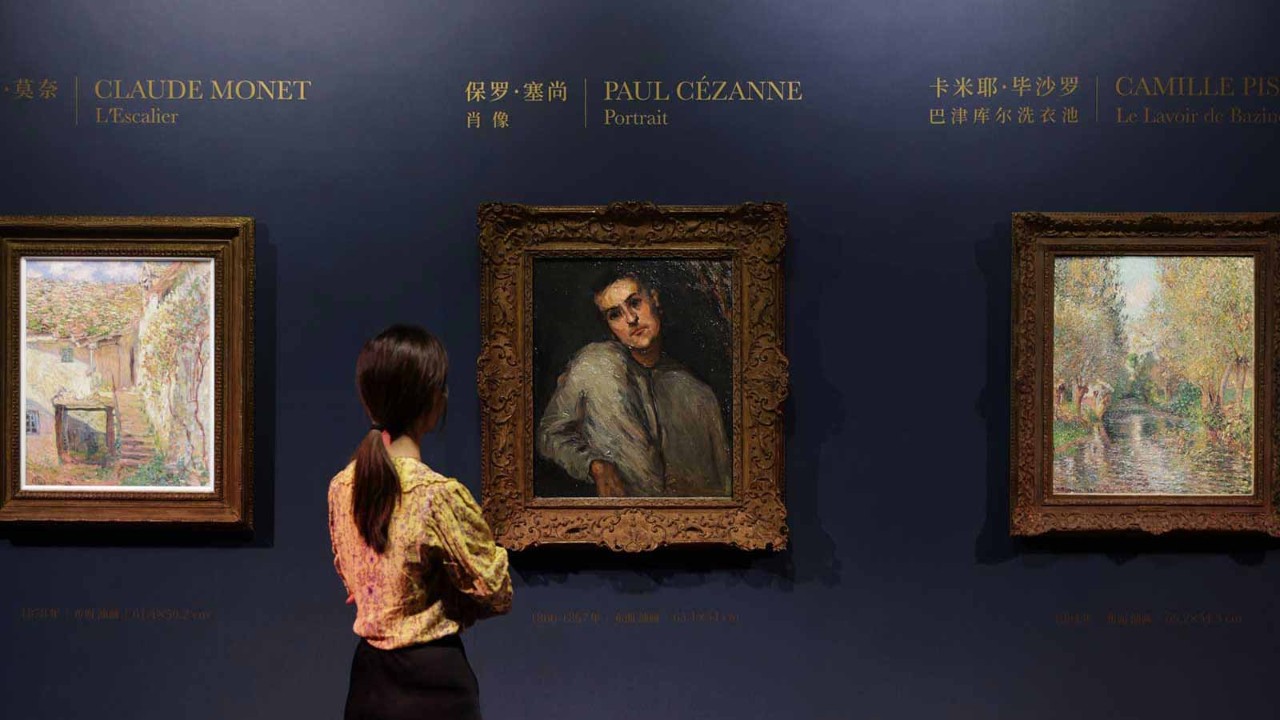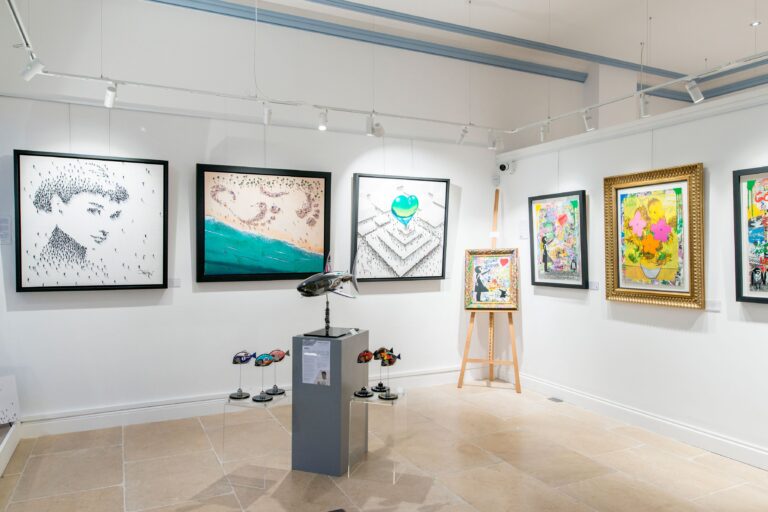Art has long captivated the human spirit, serving not just as a medium for expression but also as a powerful investment vehicle. In recent years, the art market has transformed into a lucrative landscape, beckoning astute investors eager to navigate its vibrant avenues.
But how does one venture into this fascinating realm? Understanding the nuances of buying and selling art for profit is essential, and it begins with more than just aesthetic appreciation; it requires a strategic eye, a grasp of market trends, and an appreciation for the stories behind the works. From emerging artists to established masters, the profit potential exists in countless forms.
This article will guide you through the essential steps to embark on your art investment journey, revealing key strategies to ensure your collection not only enchants but also thrives financially.
The Art Market Landscape

The art market landscape is a vibrant tapestry, weaving together a myriad of influences, trends, and dynamics that shape the buying and selling of art as an investment. From the high-stakes auctions of iconic pieces at Sotheby’s to the intimate, often unpredictable, exchanges in local galleries, the spectrum of transactions can vary dramatically.
Emerging artists can spark sudden interest, their works skyrocketing in value seemingly overnight, while established names maintain an aura of stability and prestige. Collectors navigate this world with a mix of intuition and strategy, driven by shifting cultural narratives and the allure of potential profit.
Economic fluctuations, technological innovations like digital art and NFTs, and the growing influence of global markets further complicate this landscape, creating both challenges and opportunities for those looking to invest in art. In this constantly evolving environment, success hinges on a keen understanding of the interplay between artistic merit and market dynamics.
Types of Art Investments

When exploring the realm of art investments, one quickly encounters a diverse array of categories that cater to various collector preferences and financial strategies. At the forefront are contemporary paintings, vibrant and often challenging, that can capture the zeitgeist of a generation.
Then there are the classical masterpieces, timeless works that not only evoke emotion but have the potential to appreciate significantly over time. Beyond paintings, consider sculptures, whose three-dimensional form adds an intriguing element to any collection, while photography offers a more modern touch with limited editions that can soar in value.
Additionally, art collectibles such as prints, drawings, and even digital art in the form of NFTs present unique opportunities for savvy investors to capitalize on emerging trends. Each type brings its own set of challenges and rewards, requiring a discerning eye and a firm grasp on market dynamics, yet all share a common thread: the promise of aesthetic pleasure intertwined with financial gain.
Conclusion

In conclusion, investing in art can be a rewarding endeavor for those who approach it with knowledge, patience, and a keen eye for emerging trends. By understanding market dynamics and developing a collection that resonates both personally and financially, art enthusiasts can transform their passion into a profitable venture.
Resources like Cheshire Art provide invaluable insights and support for newcomers seeking to navigate the complexities of the art market. As you embark on your journey in the art world, remember that the key to successful investing lies not only in the pieces you choose but also in your dedication to continual learning and engagement with the art community.

